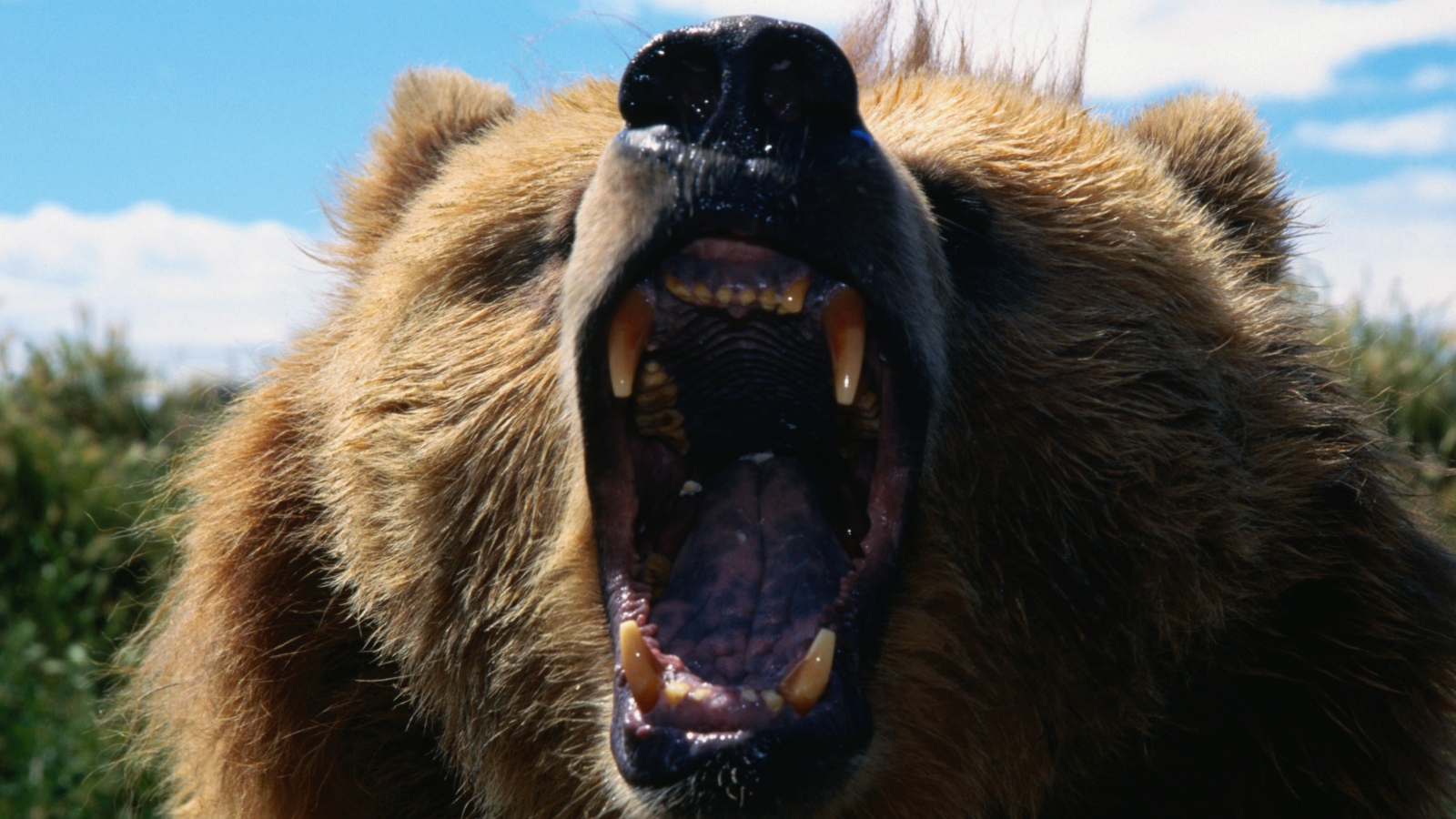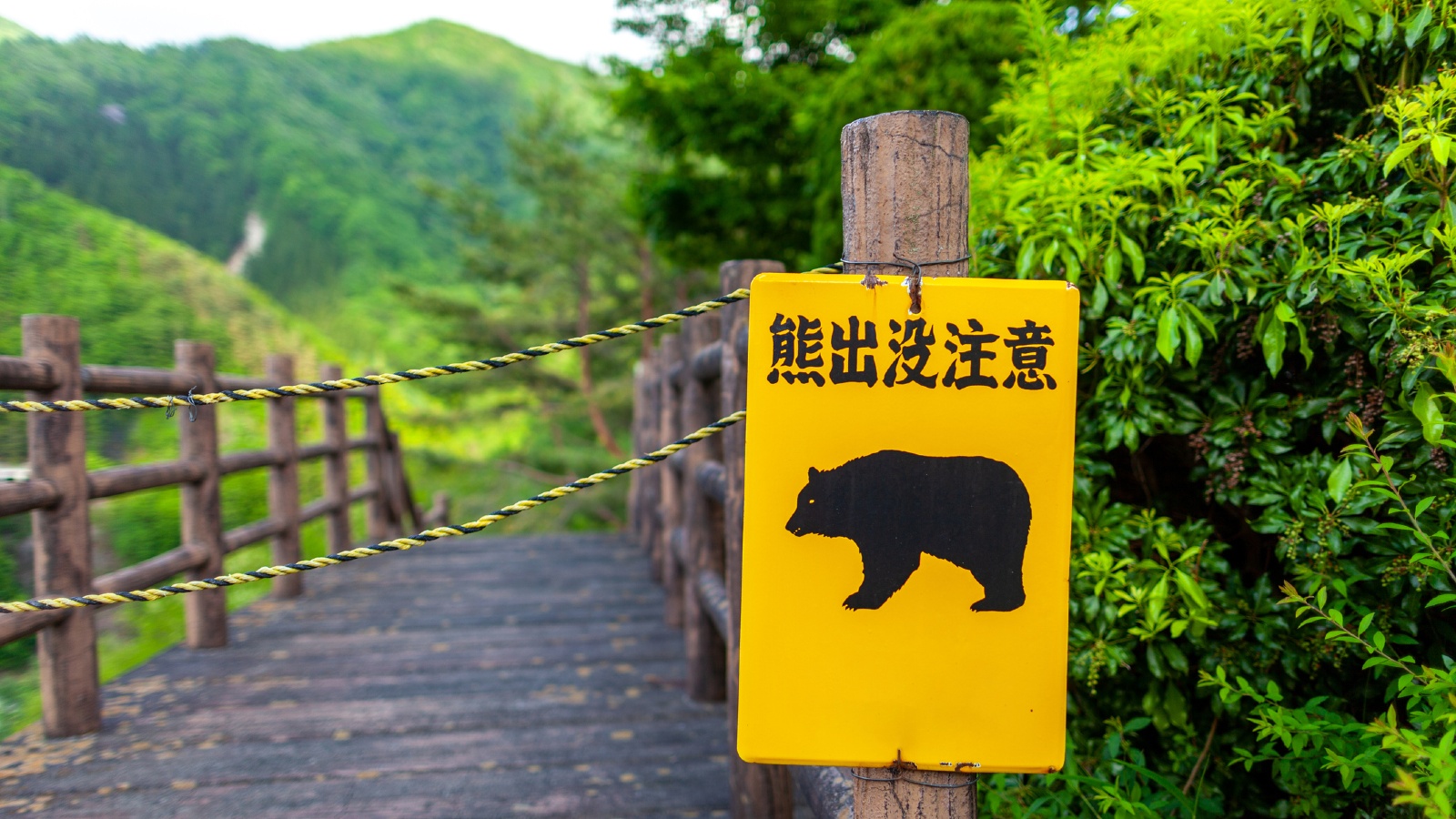Bear linked to multiple attacks in Japan found dead alongside its final victim
Japanese officials found the body of a missing student alongside the corpse of a brown bear that likely killed him. The bear is also suspected of attacking several other people in the area.
The body of a missing student in Japan has been found alongside the corpse of a bear that likely killed him. The bear is linked to a string of other attacks in the area and follows a trend of increased bear attacks in the country this year.
On Nov. 2, police found human remains on Mount Daisengen near Fukushima in Hokkaido island. DNA analysis revealed that the remains belonged to 22-year-old university student Kanato Yanaike, who had gone missing while hiking on the mountain on Oct. 29, Japanese news site The Mainichi reported. The carcass of a brown bear (Ursus arctos) was also discovered near his body.
A postmortem of Yaniake's remains revealed that the cause of death was hemorrhagic shock from severe bleeding, which suggests that the bear likely killed him, The Mainichi Shimbun reported.
It is currently unclear what killed the bear, but scientists from the Hokkaido Research Organization will investigate its stomach contents to see if they can learn more about its death, The Mainchini reported
The bodies were located close to a site where three other men were attacked by a brown bear on Oct. 31. Two of the men were seriously injured, but the trio managed to fight off the bear with a knife and chase it away, The Mainichi reported.
Local police are now investigating the possibility that the same bear is responsible for both attacks, as well as other recent attacks in the area.
Related: Watch as 2 male Alaskan grizzly bears fight in an epic battle
Get the world’s most fascinating discoveries delivered straight to your inbox.
Japan is currently suffering its worst year for bear attacks in more than a century. Since April, when the first attack was reported, at least 158 injuries and two deaths have been confirmed (not including the most recent attacks in Hokkaido mentioned at the start of this article), The Guardian recently reported. Before this year, no bear attack fatalities were recorded in the country for more than a decade.
There have been at least seven other non-fatal bear attacks in Hokkaido alone this year, according to the Japanese news site The Asahi Shimbun.
And in April, a fisher was likely killed and beheaded by a brown bear at Lake Shumarinai, in Hokkaido, The Japan Times reported. The man's head was found in the lake, and a bear was later spotted with bloody waders hanging from its mouth, sparking a bear-hunt that resulted in a brown bear being shot and killed. It is not clear if the bear killed was responsible for the attack.
Experts believe that the uptick in attacks are the result of a decrease in the number of acorns and other foods that bears feed on. This is in stark contrast to last year, when the amount of bear food skyrocketed and resulted in a greater number of large young cubs. The combination of more large young bears and decreased food availability has likely made the situation worse.
Japan also has a rising bear population thanks to conservation efforts to revive the previously dwindling population. In Hokkaido, the number of brown bears stands at around 11,700, which is more than double the number from 1990, The Guardian reported.
This year has also seen several unusual bear attacks in other parts of the globe as well.
In January, the U.S. experienced its first fatal polar bear (Ursus maritimus) attack in more than 30 years when a mother and her infant child were mauled and killed outside of a school in Alaska. And in July, a grizzly bear (Ursus arctos horribilis) likely killed a woman on a popular hiking trail near Yellowstone National Park.
In April, a brown bear with three cubs was also suspected of killing a jogger in the Italian Alps — the first bear attack fatality in the country after wildlife officials successfully reintroduced the species to the area.

Harry is a U.K.-based senior staff writer at Live Science. He studied marine biology at the University of Exeter before training to become a journalist. He covers a wide range of topics including space exploration, planetary science, space weather, climate change, animal behavior and paleontology. His recent work on the solar maximum won "best space submission" at the 2024 Aerospace Media Awards and was shortlisted in the "top scoop" category at the NCTJ Awards for Excellence in 2023. He also writes Live Science's weekly Earth from space series.




